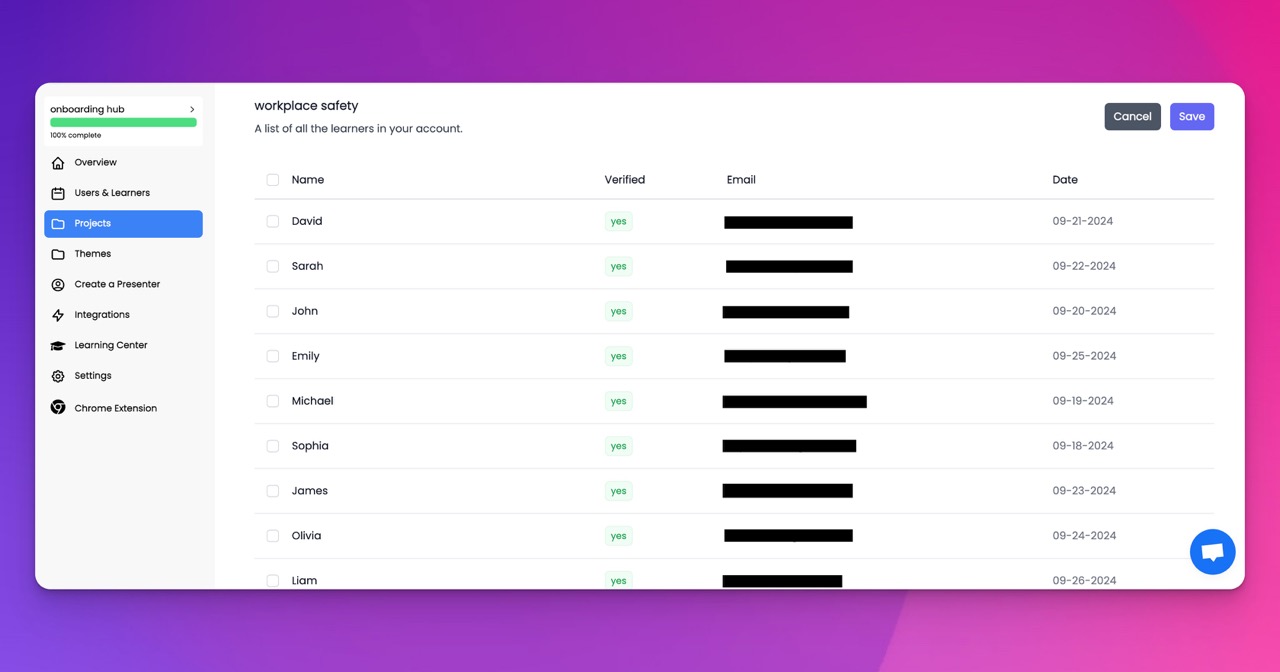🎉 Trainday now integrates with Zendesk and Hubspot 🎉 Trainday now integrates with Zendesk and Hubspot 🎉 Trainday now integrates with Zendesk and Hubspot
🎉 Trainday now integrates with Zendesk and Hubspot
🎉 Trainday now integrates with Zendesk and Hubspot
Contact
Government Services at Your Fingertips: How Data and AI Are Making Information Accessible
In the era of digital transformation, government agencies are increasingly turning to data and Artificial Intelligence (AI) to revolutionize how they deliver services and information to the public. The movement towards making government services accessible at your fingertips highlights a shift towards more transparent, efficient, and user-friendly processes. This approach not only enhances the way citizens interact with government but also ensures that services are delivered swiftly and tailored to meet individual needs. This blog post delves into how the integration of data and AI is facilitating a seamless access to government services, empowering citizens through technology, and setting a new standard for public service delivery.
Streamlining Access with AI
AI is at the forefront of transforming government interactions, making services more accessible than ever before. By automating processes and personalizing interactions, AI is breaking down barriers that traditionally made government services cumbersome and difficult to navigate.
Personalized Citizen Portals
AI-driven portals are being developed to offer citizens personalized access to government services. These portals use AI to analyze users' past interactions and preferences to tailor the available services to their specific needs. This means that citizens can receive personalized recommendations for services, such as renewing licenses, applying for permits, or accessing health care information, all based on their unique user profile.
Automated Customer Service
AI-powered chatbots and virtual assistants are becoming integral to government websites and apps. These tools provide instant responses to citizen inquiries, reducing wait times and increasing satisfaction. They can handle a range of tasks from answering FAQs to guiding users through complex application processes, making government interactions faster and more efficient.
Enhancing Accessibility through Data Integration
The integration of various data sources is critical in enabling AI technologies to provide comprehensive and effective service offerings. Data integration allows for a holistic view of the citizen's needs and facilitates more accurate and timely services.
Real-Time Information Delivery
AI systems integrate data from different government departments to provide real-time information to citizens. Whether it's updates on public transportation schedules, changes in public policy, or emergency notifications, AI ensures that citizens receive this information promptly and through their preferred communication channels.
Inclusive Service Design
AI and data analytics are also used to design services that are inclusive and accessible to all citizens, including those with disabilities. By analyzing usage data, AI can help identify accessibility barriers within digital services and suggest improvements to ensure that everyone can access government services equally.
Predictive Services and Proactive Engagement
AI's ability to predict trends and user behavior is transforming how governments plan and deploy services. By anticipating citizen needs, government agencies can proactively offer services and resolve issues before they become problematic.
Predictive Analytics for Public Health
In public health, AI-driven predictive analytics can analyze health data trends to anticipate outbreaks and health crises, allowing for quicker governmental response and better preparedness.
Proactive Resource Allocation
AI helps government agencies in resource allocation by predicting future service demands. This ensures that resources like manpower, budget, and materials are appropriately allocated, optimizing public service delivery and response times.
Challenges and Ethical Considerations
While AI significantly enhances the accessibility and efficiency of government services, it also brings challenges such as data privacy, security, and ethical use of AI. Governments must address these challenges head-on, ensuring robust data protection measures are in place and that AI is used ethically and transparently.
Conclusion
The integration of AI and data into public services is making government interactions more accessible, personalized, and efficient. As "Government Services at Your Fingertips" becomes a reality, the focus must also remain on ensuring these technologies are implemented responsibly, with a commitment to safeguarding citizen data and enhancing public trust. With the right approach, AI can not only transform public service delivery but also foster a deeper engagement between governments and the citizens they serve.
Accelerate Compliance.
Deliver OSHA-Ready Courses Instantly.
Empower your team with data-driven training solutions tailored to your industry's safety standards. Stay compliant, reduce risks, and boost productivity with AI-powered course creation.
